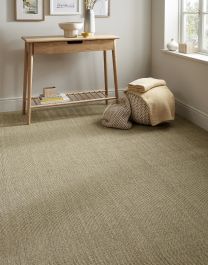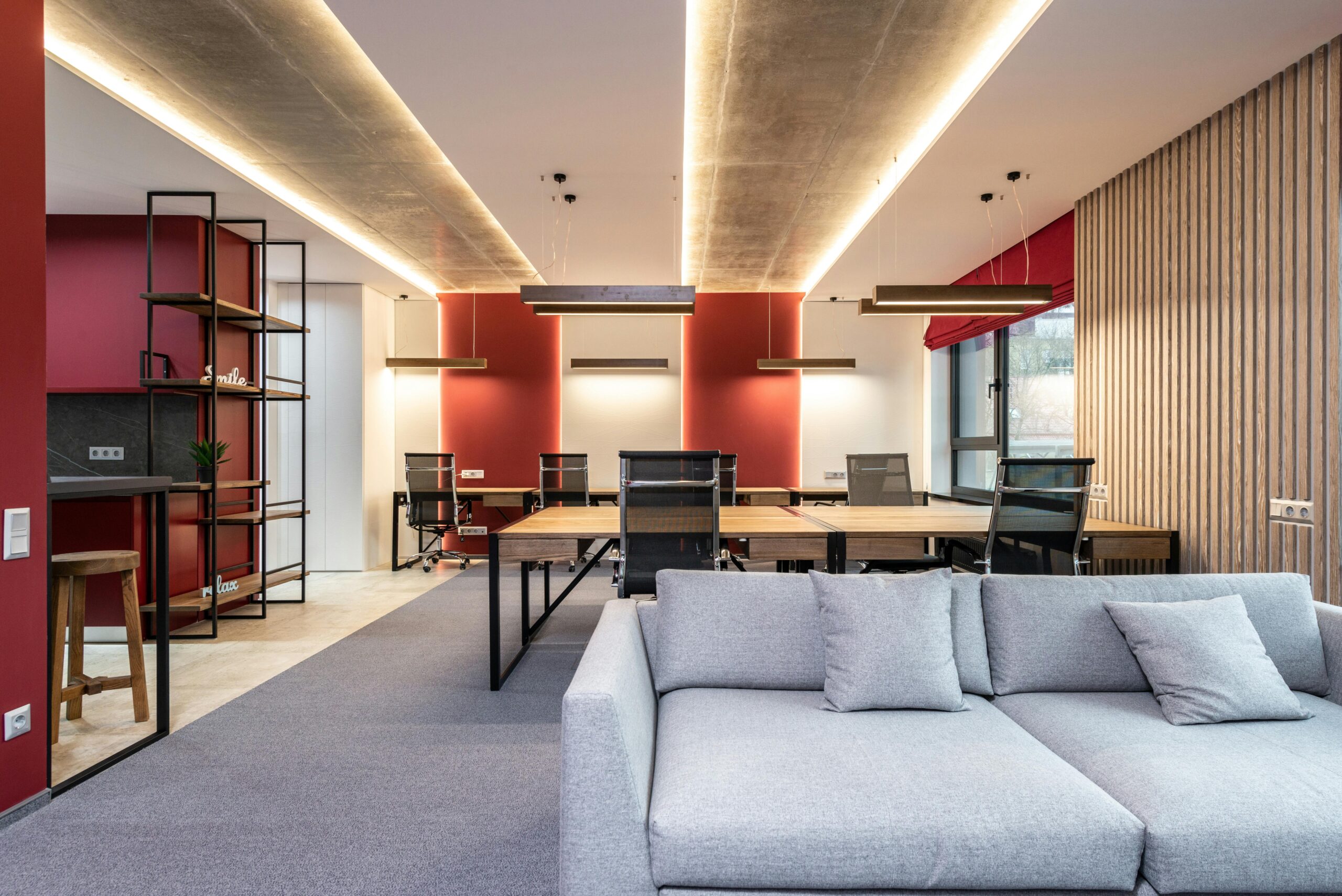Unveiling the Truth: The Perils of Fake Sisal Carpets
Sisal carpets have long been lauded for their natural charm, durability, and eco-friendly appeal. Originating from the agave plant, sisal fibers offer a sustainable alternative to traditional carpeting materials. However, in recent years, a troubling trend has emerged – the proliferation of fake sisal carpets. While these may seem like an affordable and convenient option, delving deeper reveals a host of issues that can compromise both quality and integrity. In this exposé, we uncover the perils of fake Sisal Carpets and why investing in authenticity is paramount.
Understanding Sisal Carpets:
Before delving into the intricacies of fake sisal carpets, it’s crucial to grasp the essence of genuine sisal. Sisal is derived from the Agave sisalana plant, primarily grown in regions like Mexico, Kenya, and Tanzania. Its tough fibers are renowned for their strength and resilience, making sisal carpets a popular choice for high-traffic areas in homes and commercial spaces alike. Beyond their durability, sisal carpets exude a rustic charm, adding a touch of natural elegance to any environment.
The Rise of Fake Sisal Carpets:
The surge in demand for sisal carpets has inevitably led to the proliferation of counterfeit products. Fake sisal carpets often mimic the appearance of authentic sisal but lack the inherent qualities that make genuine sisal so desirable. Manufacturers may use synthetic materials like nylon or polyester to create imitations, capitalizing on the popularity of sisal while cutting costs and corners in the process.
Perils of Fake Sisal Carpets:
1. Lack of Durability:
Genuine sisal carpets are renowned for their robustness, capable of withstanding heavy foot traffic and regular wear and tear. In contrast, fake sisal carpets made from synthetic fibers are prone to premature wear and deterioration. Over time, these imitations may fray, fade, or develop unsightly bald patches, undermining their longevity and aesthetic appeal.
2. Poor Indoor Air Quality:
Authentic sisal carpets are prized for their natural, breathable fibers, which contribute to better indoor air quality by reducing the accumulation of dust, allergens, and harmful pollutants. Synthetic alternatives, however, often emit volatile organic compounds (VOCs) and other toxins, compromising air quality and potentially exacerbating respiratory issues for occupants.
3. Environmental Impact:
Sisal is celebrated for its eco-friendly credentials, being biodegradable and renewable. Conversely, fake sisal carpets crafted from synthetic materials contribute to environmental degradation through the extraction of non-renewable resources, energy-intensive manufacturing processes, and the generation of non-biodegradable waste.
4. Inferior Aesthetic Appeal:
While fake sisal carpets may initially mimic the appearance of genuine sisal, they often lack the organic texture and tactile warmth that characterize the real deal. Authentic sisal exudes a timeless elegance that cannot be replicated by synthetic imitations, enhancing the ambiance of any space with its natural beauty.
Investing in Authenticity:
In a marketplace rife with imitation products, discerning consumers must prioritize authenticity when selecting sisal carpets. By investing in genuine sisal, individuals can enjoy peace of mind knowing they are acquiring a high-quality, sustainable flooring solution that aligns with their values and preferences. Moreover, genuine sisal carpets offer superior performance, longevity, and aesthetic appeal compared to their counterfeit counterparts, ensuring lasting satisfaction and value for money.
Tips for Identifying Genuine Sisal Carpets:
1. Fiber Texture: Authentic sisal fibers possess a coarse, slightly rough texture with variations in color and thickness, reflecting their natural origin. Synthetic imitations often feel smoother and more uniform in texture, lacking the organic authenticity of genuine sisal.
2. Odor Test: Genuine sisal carpets emit a faint, earthy scent reminiscent of natural fibers. In contrast, fake sisal carpets may exude chemical odors or synthetic fragrances due to the presence of VOCs in synthetic materials.
3. Water Absorption: Authentic sisal fibers have hygroscopic properties, meaning they can absorb and release moisture from the surrounding environment. To test for authenticity, sprinkle a small amount of water onto the carpet surface – genuine sisal will absorb the moisture, while synthetic imitations may repel it.
Conclusion:
In the realm of interior design, authenticity reigns supreme. While fake sisal carpets may offer a seemingly affordable and convenient alternative, their myriad shortcomings underscore the importance of investing in genuine sisal. By prioritizing authenticity, consumers can enjoy the unparalleled durability, sustainability, and aesthetic appeal of authentic sisal carpets, elevating their living spaces with natural beauty and enduring quality. Let us champion authenticity in every aspect of our lives, for it is authenticity that truly stands the test of time.


